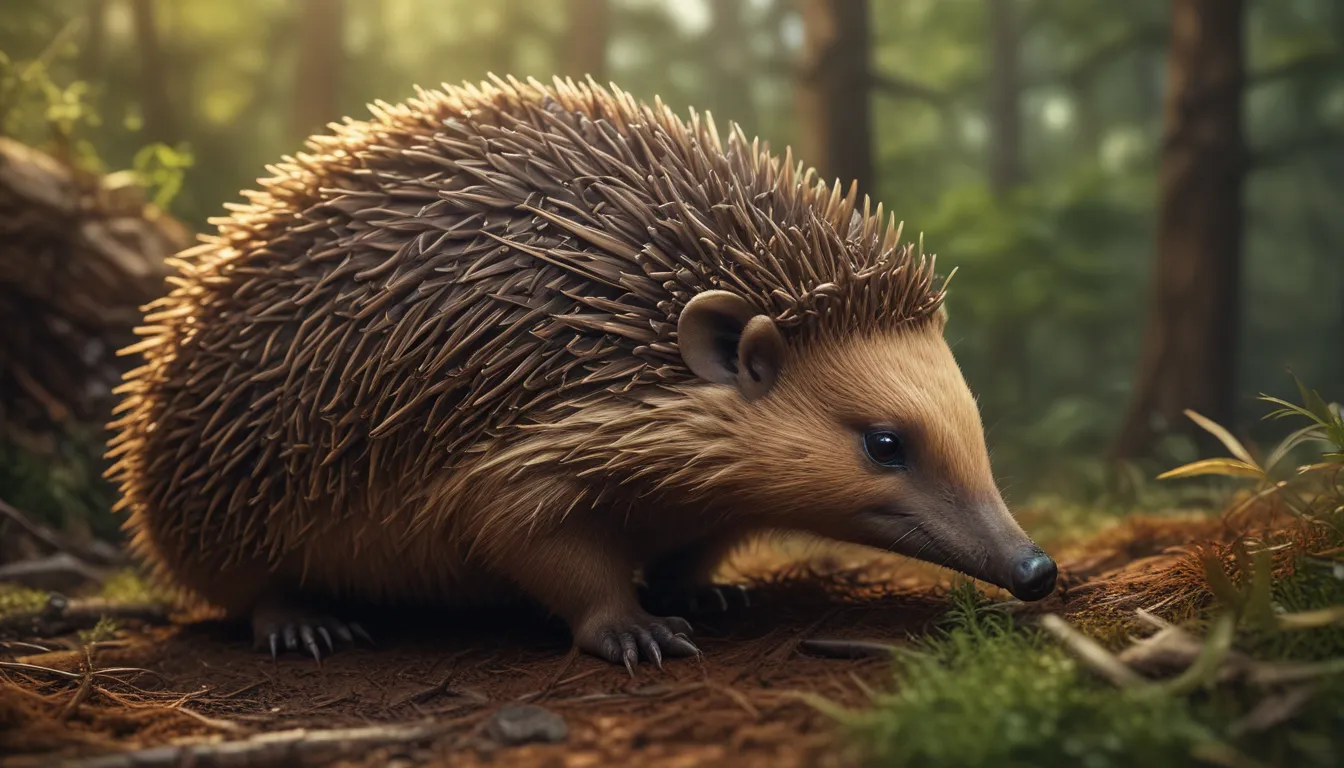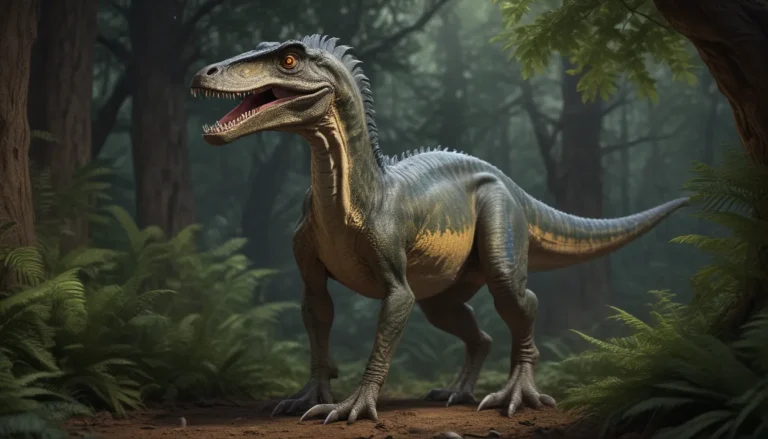The pictures we use in our articles might not show exactly what the words say. We choose these pictures to make you interested in reading more. The pictures work together with the words but don’t take their place. The words still tell you the important facts.
Echidnas, also known as spiny anteaters, are remarkable creatures that captivate the curiosity of nature enthusiasts worldwide. Named after a monster in Greek mythology, these unique mammals possess a myriad of distinctive features that set them apart from other animals. From their spines and beaks to their egg-laying habits, echidnas are filled with surprises waiting to be discovered.
Unveiling the Enigmatic Echidna
Echidnas are adorned with a strange collection of features that make them truly extraordinary. These small mammals exhibit spines reminiscent of porcupines, beaks like birds, pouches akin to kangaroos, and a remarkable ability to lay eggs similar to reptiles. Their legs extend outwards and downwards, causing them to waddle when they walk, adding to their quirky charm. Echidnas' long claws enable them to dig burrows and escape predators with ease, showcasing their adaptability to various environments.
The Spiky Truth: Echidnas’ Spiny Secrets
Beneath their charming exterior lies the surprising revelation that echidnas' spines are actually modified hairs. These two-inch long spines, made of keratin, provide protection against predators and insulation from cold weather. Echidnas' unique coat, featuring cream-colored spines and coarse fur between them, highlights their adaptability in the wild.
Culinary Connoisseurs: Echidnas’ Carnivorous Lifestyle
Despite being toothless carnivores, echidnas thrive on a diet of insects and small animals such as ants, termites, worms, and insect larvae. Armed with small mouths and sticky tongues, these fascinating creatures use rapid darting movements to catch their prey. Their hard horny pads on the roof of their mouths aid in breaking down food, showcasing their ingenuity in the realm of feeding.
Brainy Buddies: Echidnas’ Remarkable Minds
Surprisingly, echidnas boast large brains relative to their body size, thanks to an enlarged neocortex. This feature, accounting for 50% of their brain mass, showcases their cognitive prowess despite their diminutive stature. Echidnas' intellectual capacity sets them apart as creatures of remarkable intelligence and adaptability.
Lonesome Wanderers: Echidnas’ Solitary Persona
Known for their solitary nature, echidnas prefer solitude and only congregate during the mating season, which typically occurs from July to August each year. This behavior highlights their independence and self-reliance in the vast wilderness they call home.
Secrets of Longevity: Echidnas’ Slow Metabolism
Echidnas' slow metabolism and low body temperature contribute to their exceptional longevity. With a body temperature as low as 89˚F, they possess the lowest body temperature among mammals. This unique trait, combined with temperature variations of up to 42 to 46˚F in a day, allows echidnas to live up to 50 years in captivity and potentially 45 years in the wild, making them remarkable survivors in the animal kingdom.
Fleas and Foes: Echidnas’ Unlikely Guests
Echidnas host the world's largest flea, a testament to their unique ecological role in supporting diverse wildlife. The echidna flea, measuring approximately 0.15 inches in length, adds a whimsical touch to the intricate ecosystem inhabited by these captivating creatures.
Revelations in Reproduction: Echidnas’ Mating Marvels
Male echidnas' four-headed penises and bizarre mating rituals offer a glimpse into their fascinating reproductive strategies. With two heads enlarging during mating to fit the female's reproductive tract, male echidnas engage in sperm competition, showcasing the complexity of nature's design. Their mating train, where up to 12 males vie for a female's affection, paints a vivid picture of their intricate mating behaviors.
Egg-laying Enigmas: Echidnas’ Monotreme Mysteries
Belonging to the order of monotremes, echidnas lay eggs as a means of reproduction, setting them apart from other mammals. Female echidnas, equipped with special milk patches rather than nipples, provide nourishment to their puggles while showcasing the extraordinary diversity of nature's design.
Shocking Sensitivity: Echidnas’ Electro Reception
Echidnas' electro receptive system enables them to detect electric signals in insect bodies using their beaks. With 400 to 2,000 electro receptors on their snouts, these marvelous creatures showcase a sensory adaptation that aids in their survival and hunting prowess in the wild.
Dreamers in Disguise: Echidnas’ REM Sleep Journey
Recent discoveries have unveiled that echidnas do experience REM sleep under specific temperature conditions, shedding light on their remarkable sleep patterns. With REM sleep occurring at 77˚F, echidnas reveal another fascinating aspect of their physiological adaptations in response to varying environmental cues.
Tribute to a Legend: Echidnas’ Attenborough Acknowledgment
One species of long-beaked echidna, 'Zaglossus Attenborough,' is named after the renowned naturalist Sir David Attenborough. This unique tribute highlights the profound impact of human admiration and appreciation for the diverse wonders of the natural world.
In conclusion, echidnas stand as testament to the marvels of the natural world, showcasing a blend of unique traits and adaptations that make them truly exceptional creatures. From their spiky spines to their bizarre mating rituals, echidnas continue to intrigue and inspire those who delve into their captivating world of wonder and discovery.






